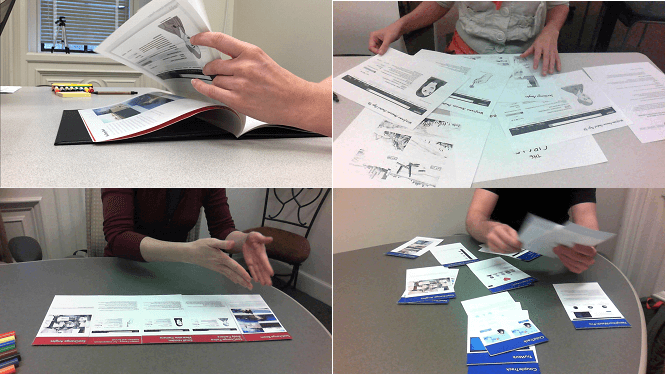Design Workbook Variations: Exploring Biosensing Privacy Futures
Richmond Wong, University of California, Berkeley;Ellen Van Wyk, University of California, Berkeley; James Pierce, University of California, Berkeley
Boston 2017: Open

Emerging human biosensing technologies present new questions about privacy and surveillance, although anticipating the specific contours of emerging privacy issues is difficult to do in advance, given the diversity in sites where biosensing is occurring and can potentially occur, and given new emergent meanings and interpretations of biosensed data. To interrogate multiple biosensing futures, we were inspired by the 2013 science fiction novel “The Circle” to create a set of design fiction concepts related to biosensing technologies using the design workbook method. These design fictions take the form of images showing imagined interfaces, websites, and advertisements. By creating a workbook of design fictions that explore connections between the novel’s fictional world and present and future realities and imaginaries, we find that these designs open a liminal space between ‘real’ and ‘fictional’ for further exploration. This mode of engagement allowed us to explore entanglements between ‘real’ and ‘fictional’ worlds, connecting sensing technology in popular culture, research, and commercial products historically, in the present, and in imagined futures. Our original design workbook of design fictions was primarily meant as a tool for a group of researchers to reflect on relationships between sensing humans and issues of privacy and surveillance. We then created several variations of the design workbook to act as new artifacts to engage people beyond our group of researchers, such as using them for interview probes or letting people take home images of our designs. These variations include sketched versions of our design ideas, binding our images together in books, and creating postcards featuring the designs. We invite attendees to hold, look at, play with, and reflect on these design artifacts.
Published: 01/30/2023
